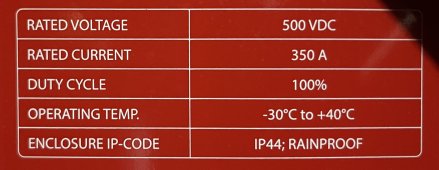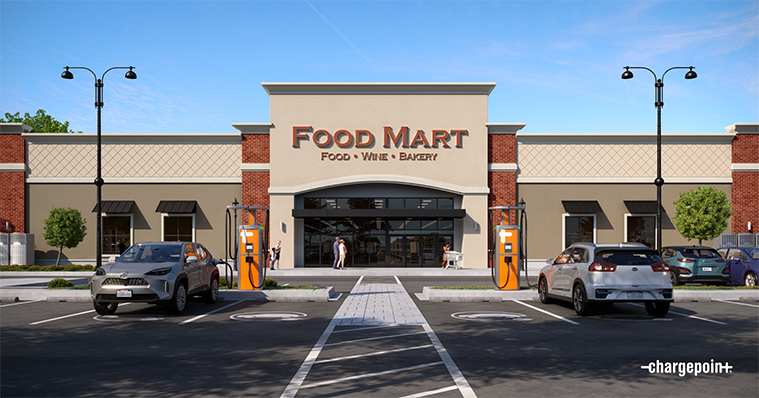EV Type2 is just plain 240V, either single or 3 phase, AC charging. DC charging is a whole different game (And a lot more difficult to DIY)
Here in NL, those EV charging poles are available about everywhere. I think there are about 80.000 or so installed, not counting private ones and ones on eg businesses.
It's just a matter of connecting some wires to similate an EV car, and the relay in the charger kicks in and provides power. (Just some resistors and a diode)
There are also premade extension cables available so you just get a basic Schuko socket from an EV charger.
Renault Twizy laden aan oplaadpaal. Ook toepasbaar voor laden van elektrische scooters, fietsen, segways en andere elektrische voertuigen.
www.laadkabelfabriek.nl
It just provides a Schuko socket of 240V, up to 16A (3.7kW)
You can use that to charge a battery bank, but to speed things up you want to have a decent charger.. Charging a 280Ah 12V bank at only 20A takes a while...
I've recently build something similar for a customer (4S 280Ah bank) and I installed a Meanwell RPB-1600 charger in that build, allowing to charge the 12V bank at 100 amps.
An type2 charger is NO charger. It's just some wires and a relay. The cable is terminated with a resitor, telling the car the max available amps (up to 32A/phase). By adjusting the resistance the 'charger' knows 'vehicle connected' and 'start charging', where as the last one enables the relay thus providing AC to the car.
The actual charger is in the car, NOT in the 'charging station'. Thats just a fancy relay-based controller with measurement and RFID authentication for billing purposes.






